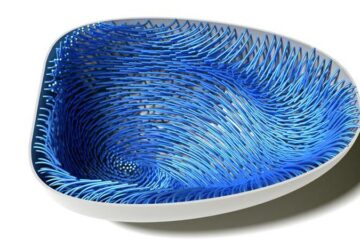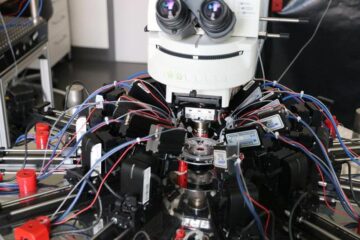Latest News

Tipping the Balance of Prion Infectivity
Two important questions face biologists studying the infectious proteins called prions: What stops prions that infect one species from infecting another species and what causes the invisible transmission barrier between species to fail sometimes?
In experiments with yeast prions reported in this week’s issue of Nature, Howard Hughes Medical Institute researchers have shown how point mutations in prions — which do not compromise their infectivity — can nevertheless cause prions to alter

Salk News: Social behavior genes
Are there ’social behavior’ genes?
A rare genetic disorder may lead scientists to genes for social behavior, a Salk Institute study has found.
The study zeros in on the genes that may lead to the marked extroverted behavior seen in children with Williams syndrome, demonstrating that “hyper-sociability” – especially the drive to greet and interact with strangers — follows a unique developmental path.
The path is not only different from typical children bu

’MicroRNAs’ control plant shape and structure
New discoveries about tiny genetic components called microRNAs explain why plant leaves are flat.
The study may be a first step, researchers say, in revolutionizing our understanding of how plants control their morphology, or shape. A plant’s ability to grow structures with a specific shape is critical to its normal function of capturing energy from the sun and producing products like grain and fiber.
As such, these findings could ultimately have profound implications fo

Genes that paint fly derrieres hint at convergence
How vastly different animals arrive at the same body plan or pattern of ornamentation has long been a conundrum of developmental biology.
But now, thanks to the colorful derriere of a wild fruit fly, captured on a compost heap by a University of Wisconsin-Madison post-doctoral student, scientists have been able to document a rare example of molecular convergence, the process by which different animals use the same genes to repeatedly invent similar body patterns and structures.
W

From the Big Bang to the Cosmic Renaissance
Nowadays, the Universe is pervaded by energetic ultraviolet radiation, produced by quasars and hot stars. The short-wavelength photons liberate electrons from the hydrogen atoms that make up the diffuse intergalactic medium and the latter is therefore almost completely ionised. There was, however, an early epoch in the history of the Universe when this was not so.
The Universe emanated from a hot and extremely dense initial state, the so-called Big Bang. Astronomers now believe that it took

Astronomers hope for good weather – on Mars
As well as keeping their fingers crossed for good weather during next week’s close approach of Mars, astronomers are hoping that the skies will be clear on Mars itself.
During National Astronomy Week – Saturday 23 to Saturday 30 August – observing events will be held across the UK where the public can view Mars through telescopes. It is expected that thousands of people will turn out to see the planet closer than it has been for almost 60,000 years. But it’’s not just our own











